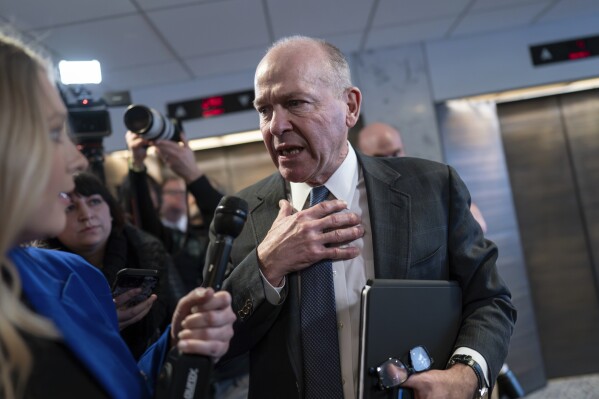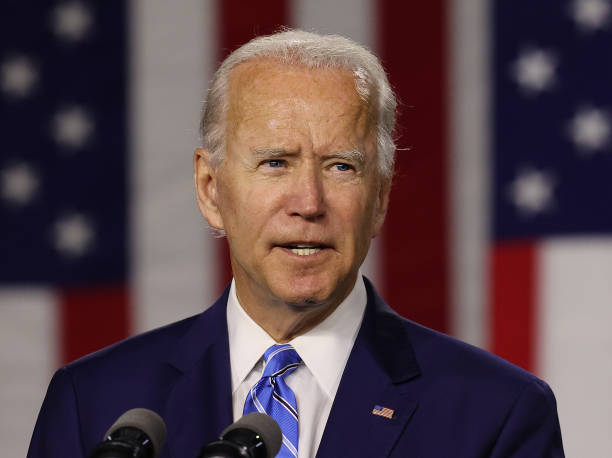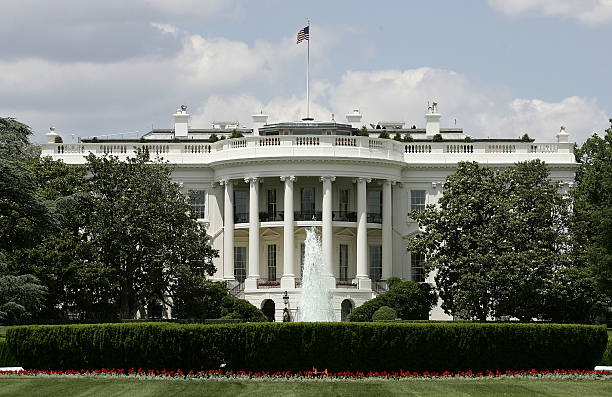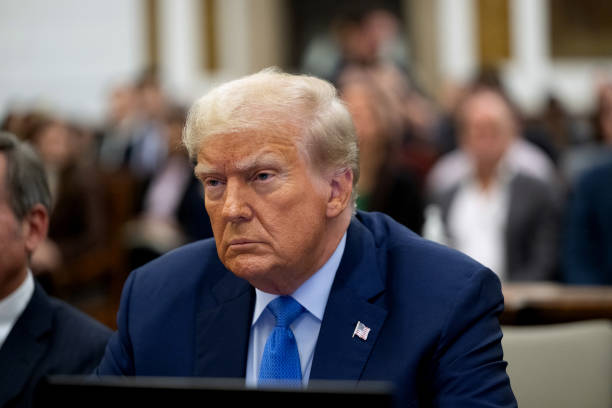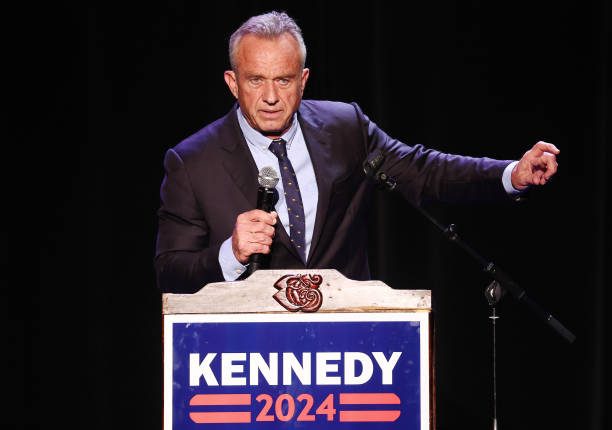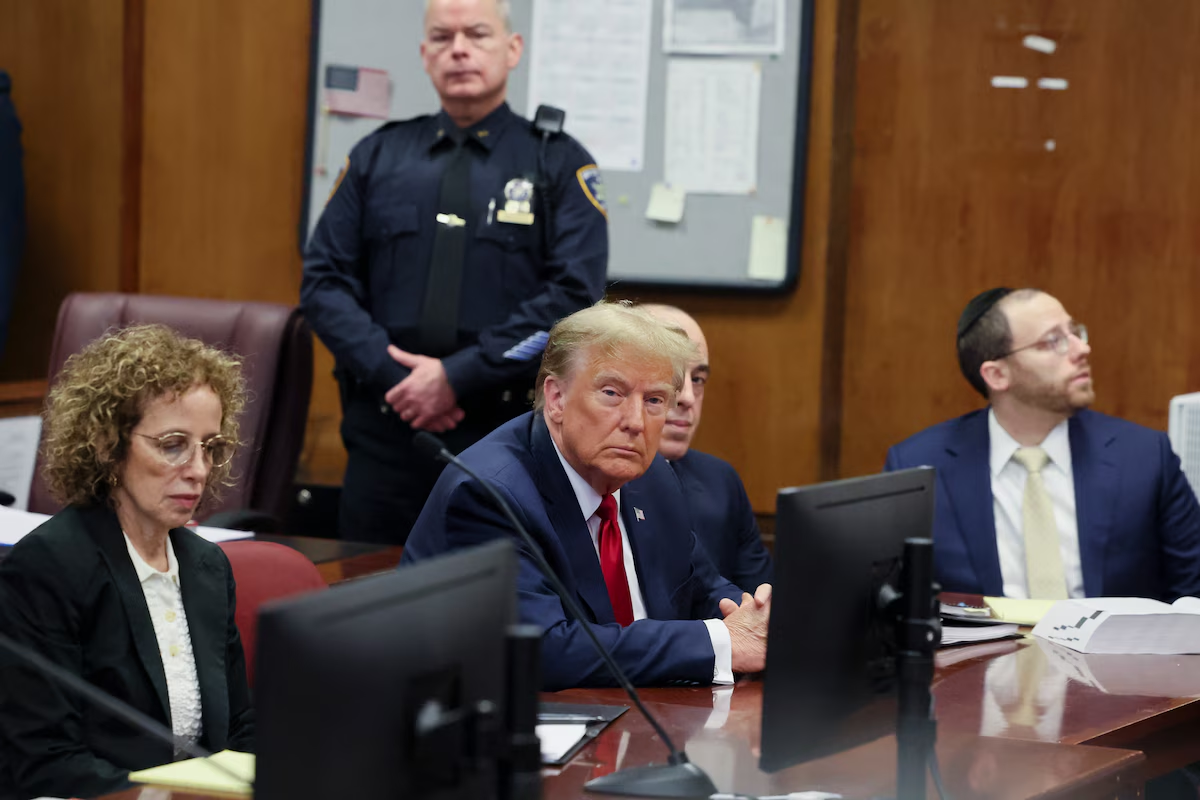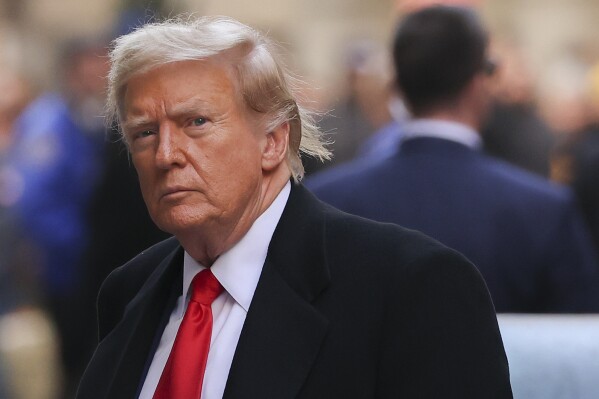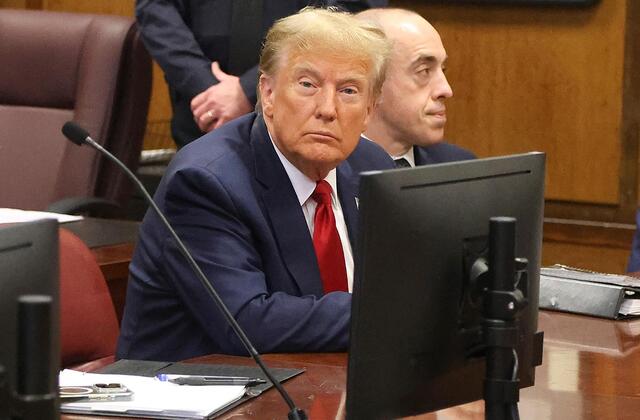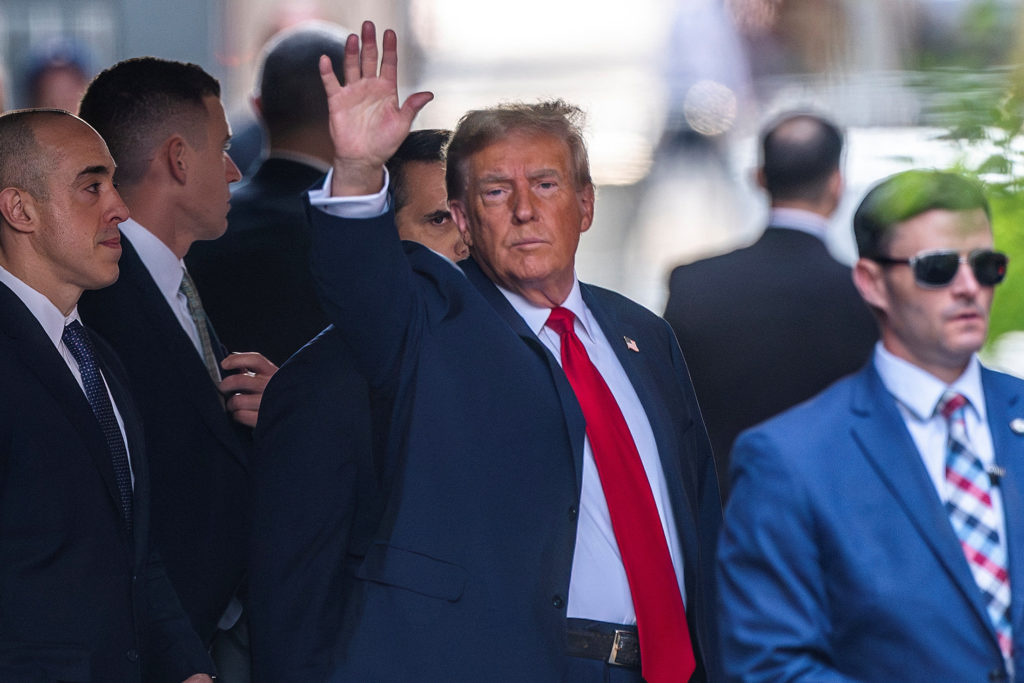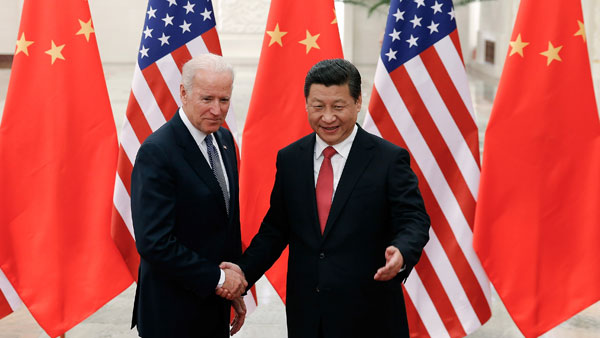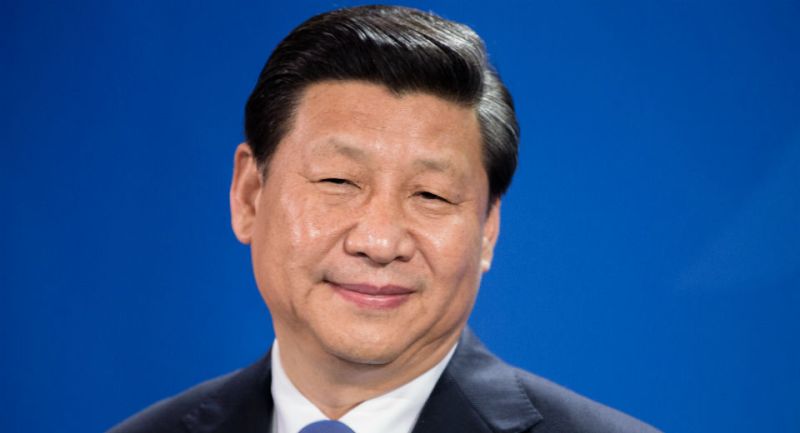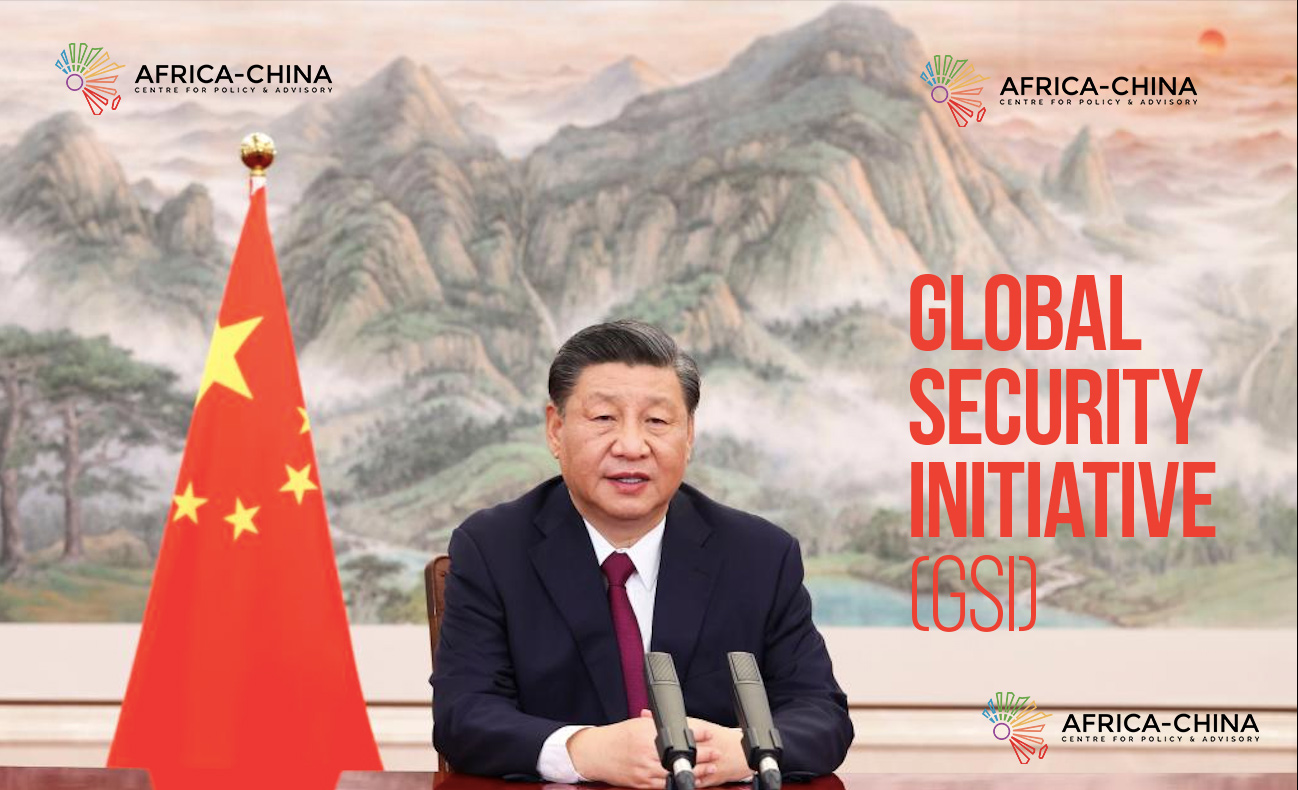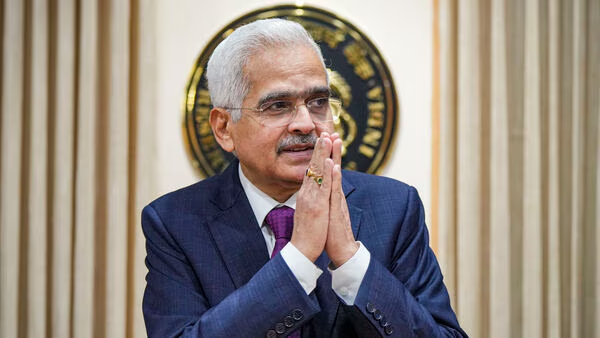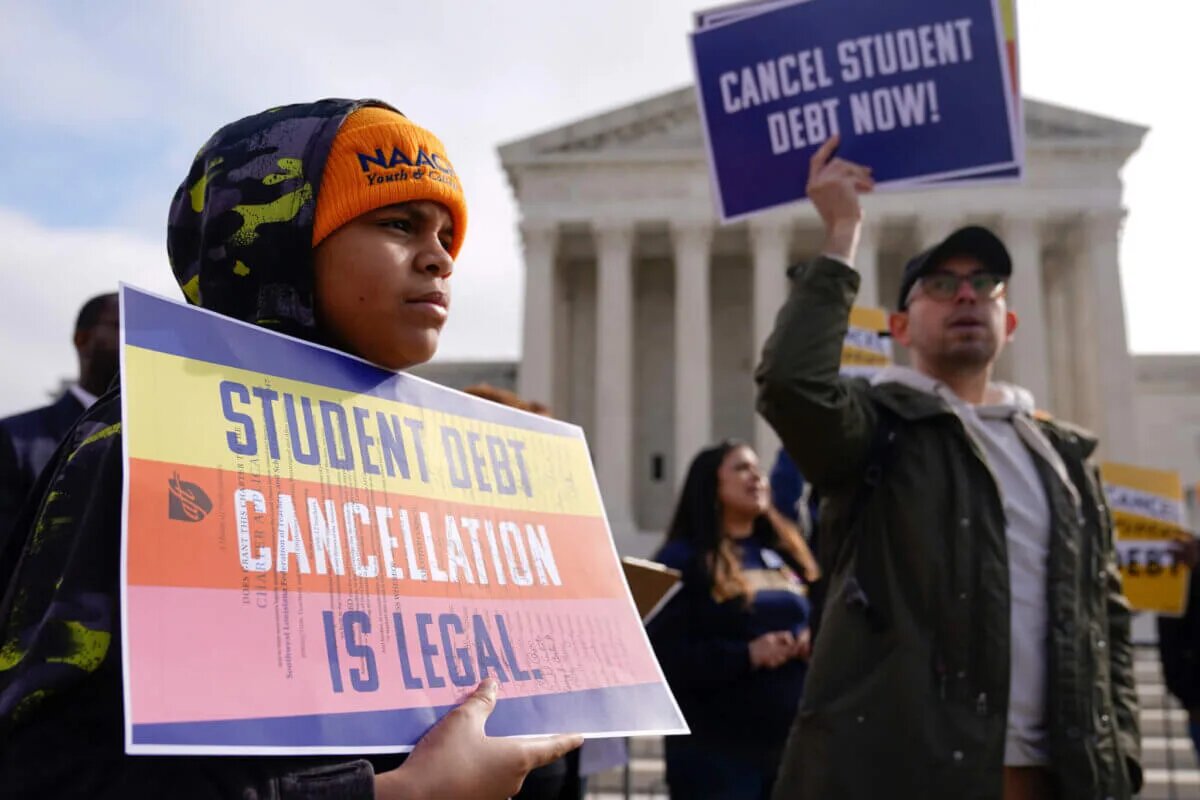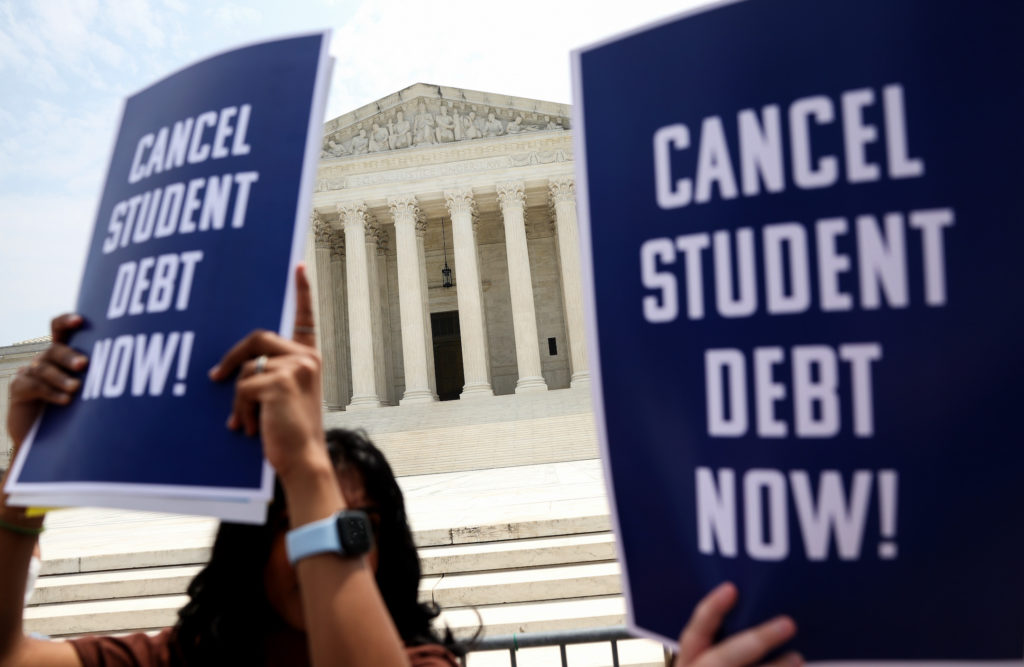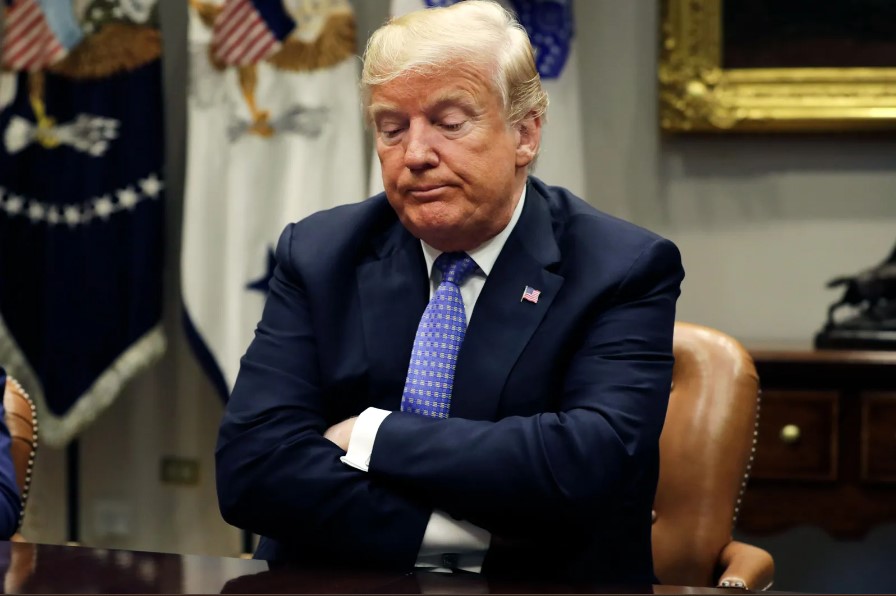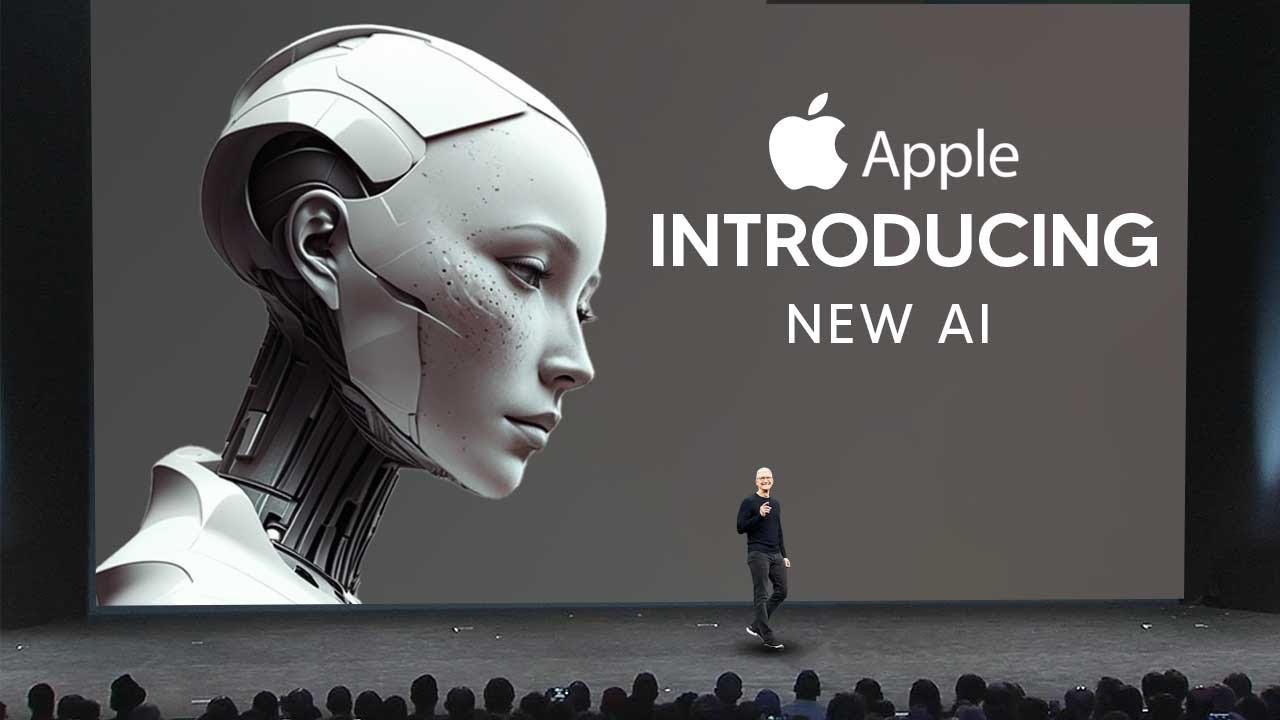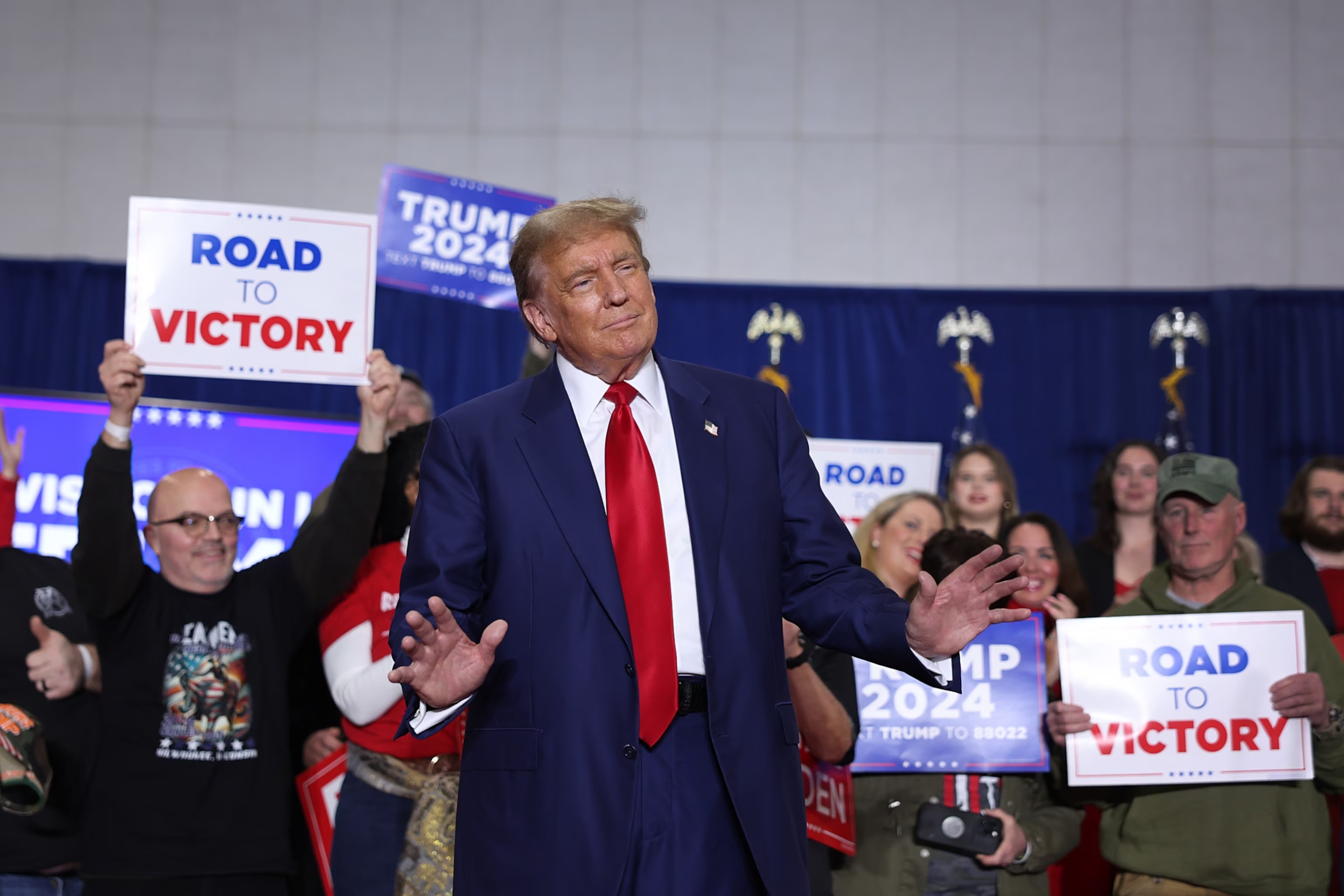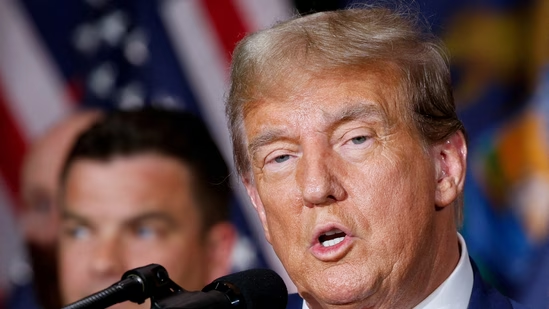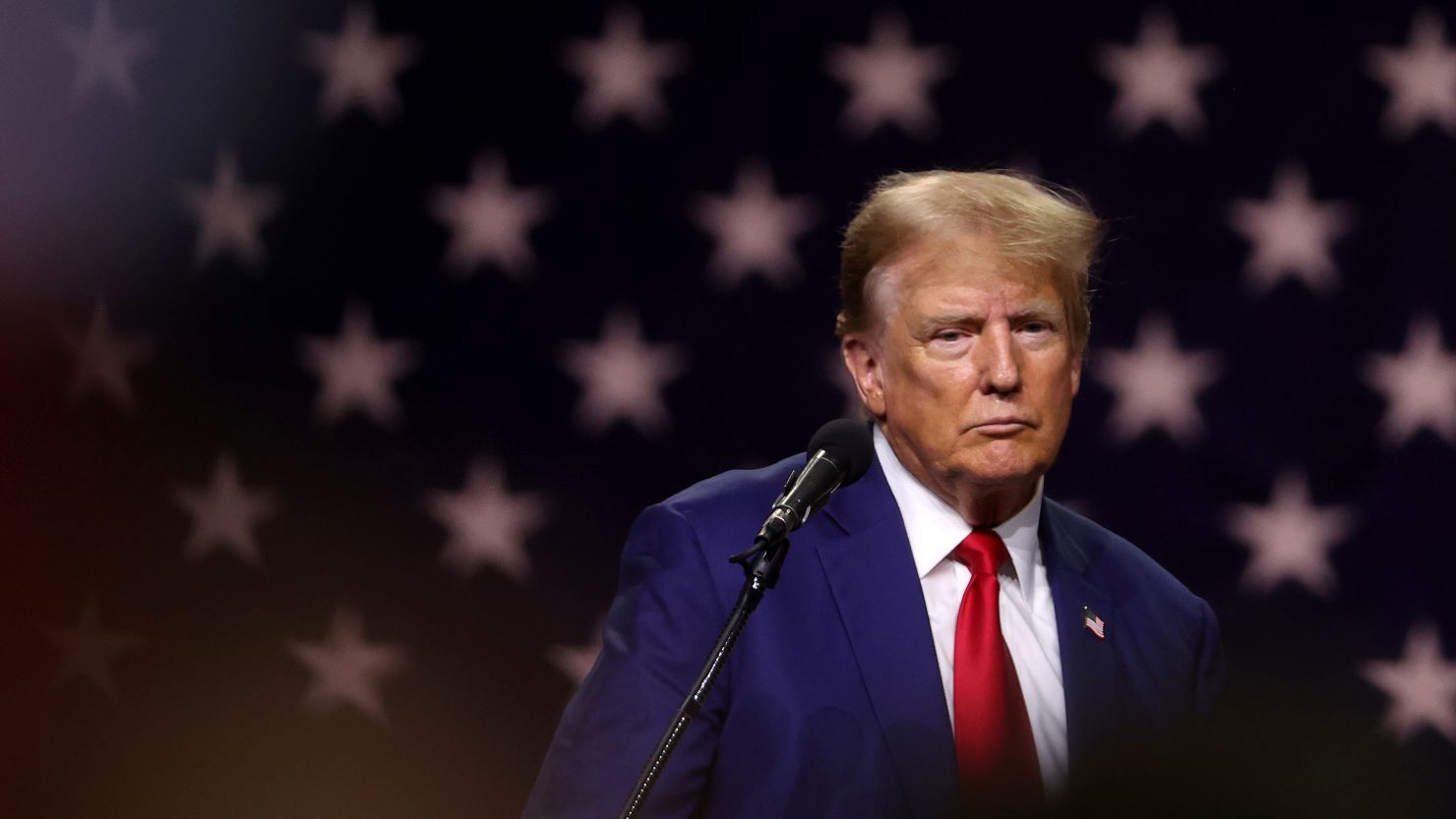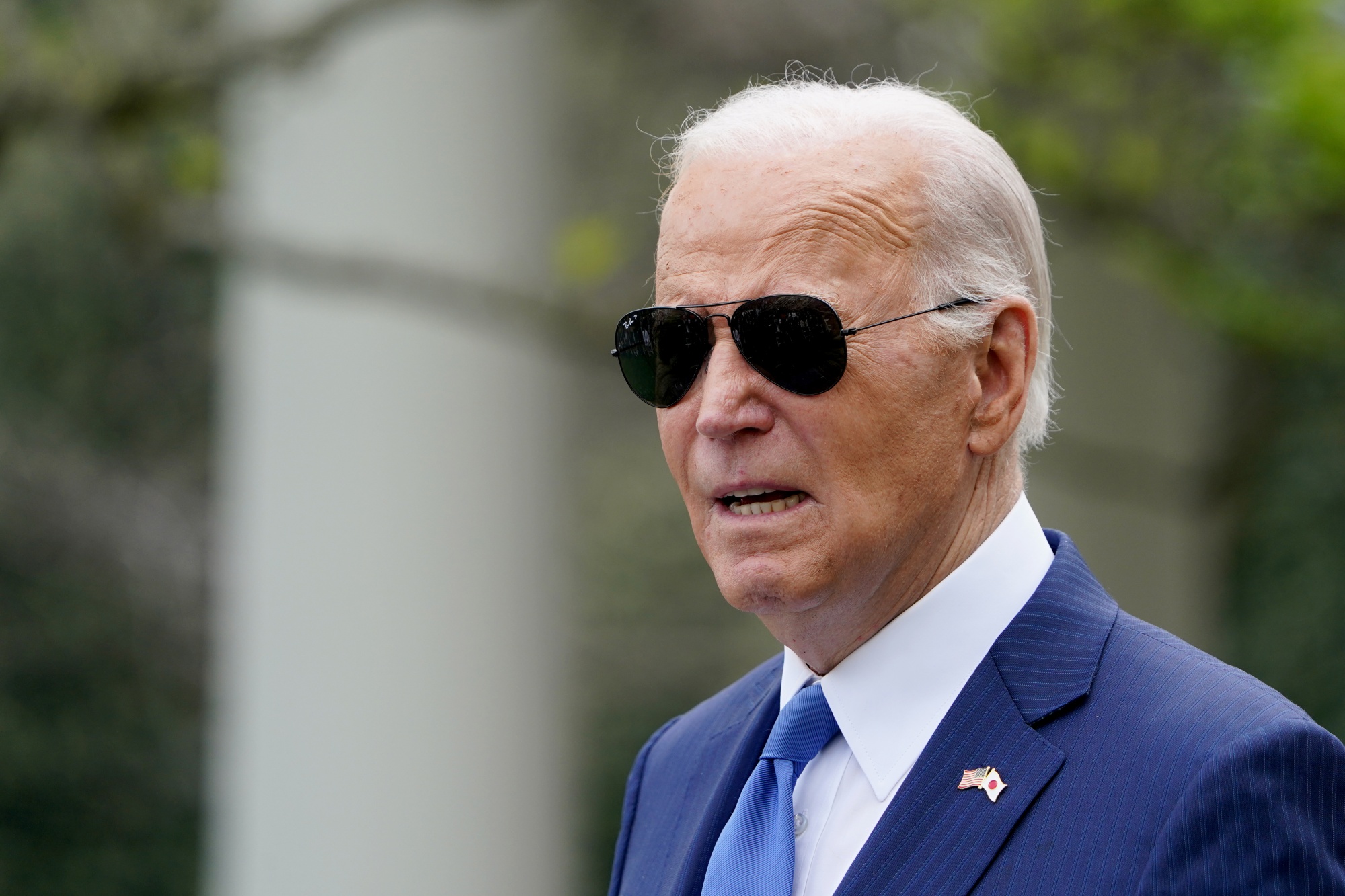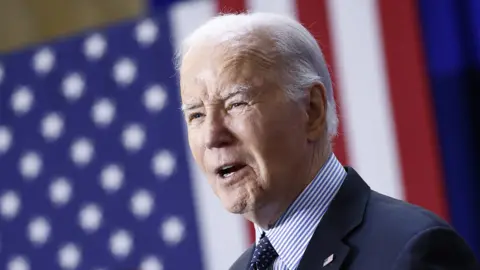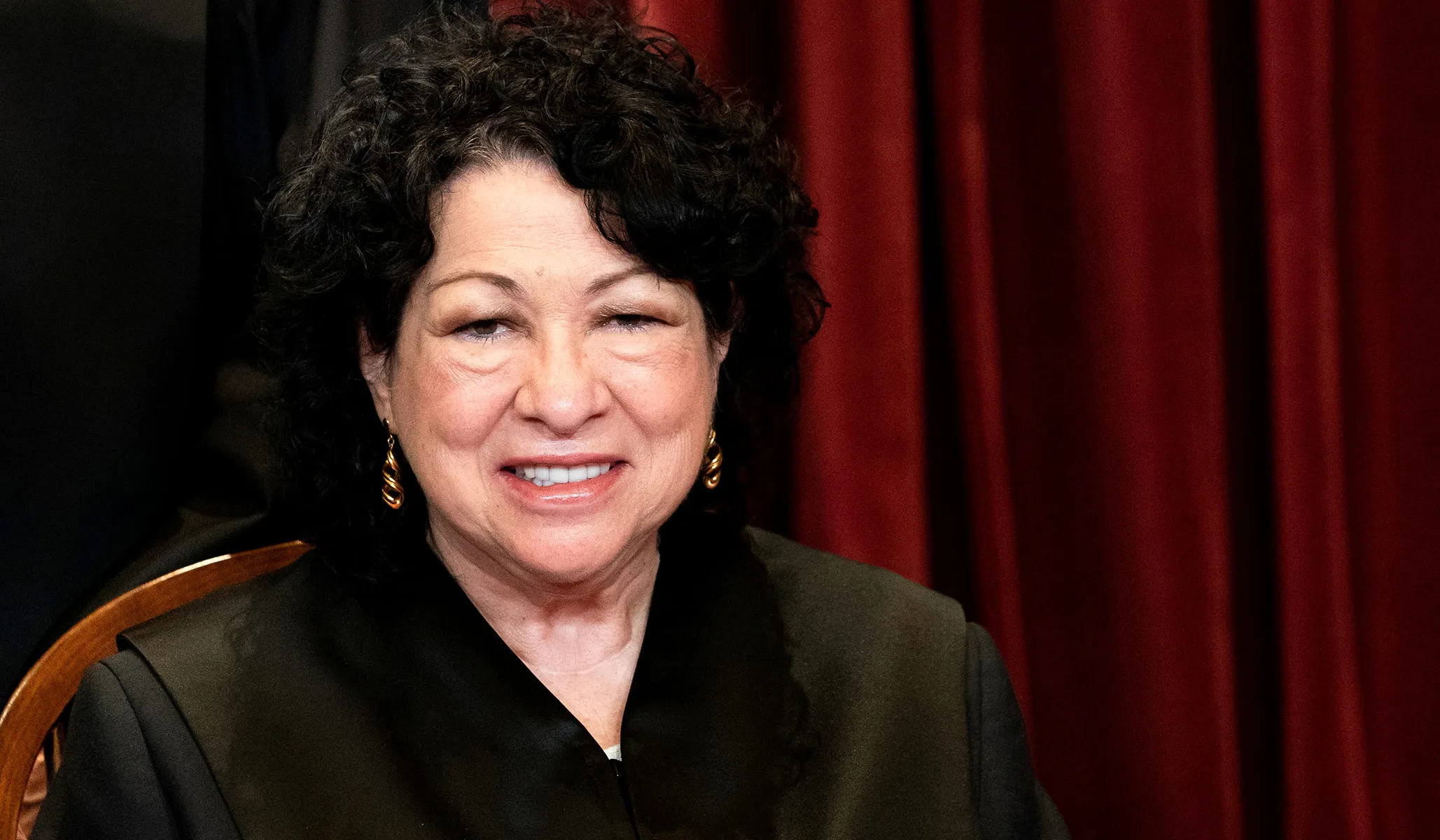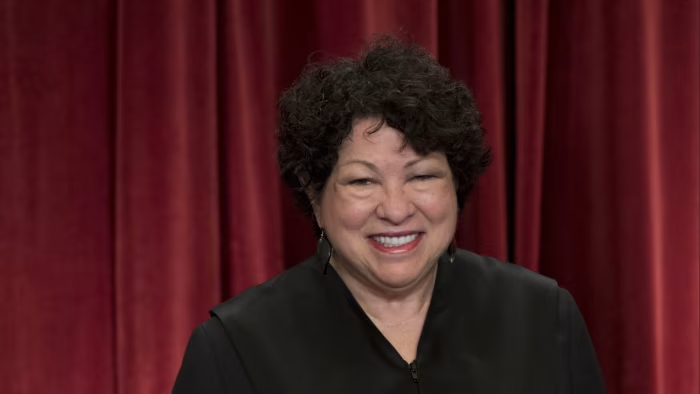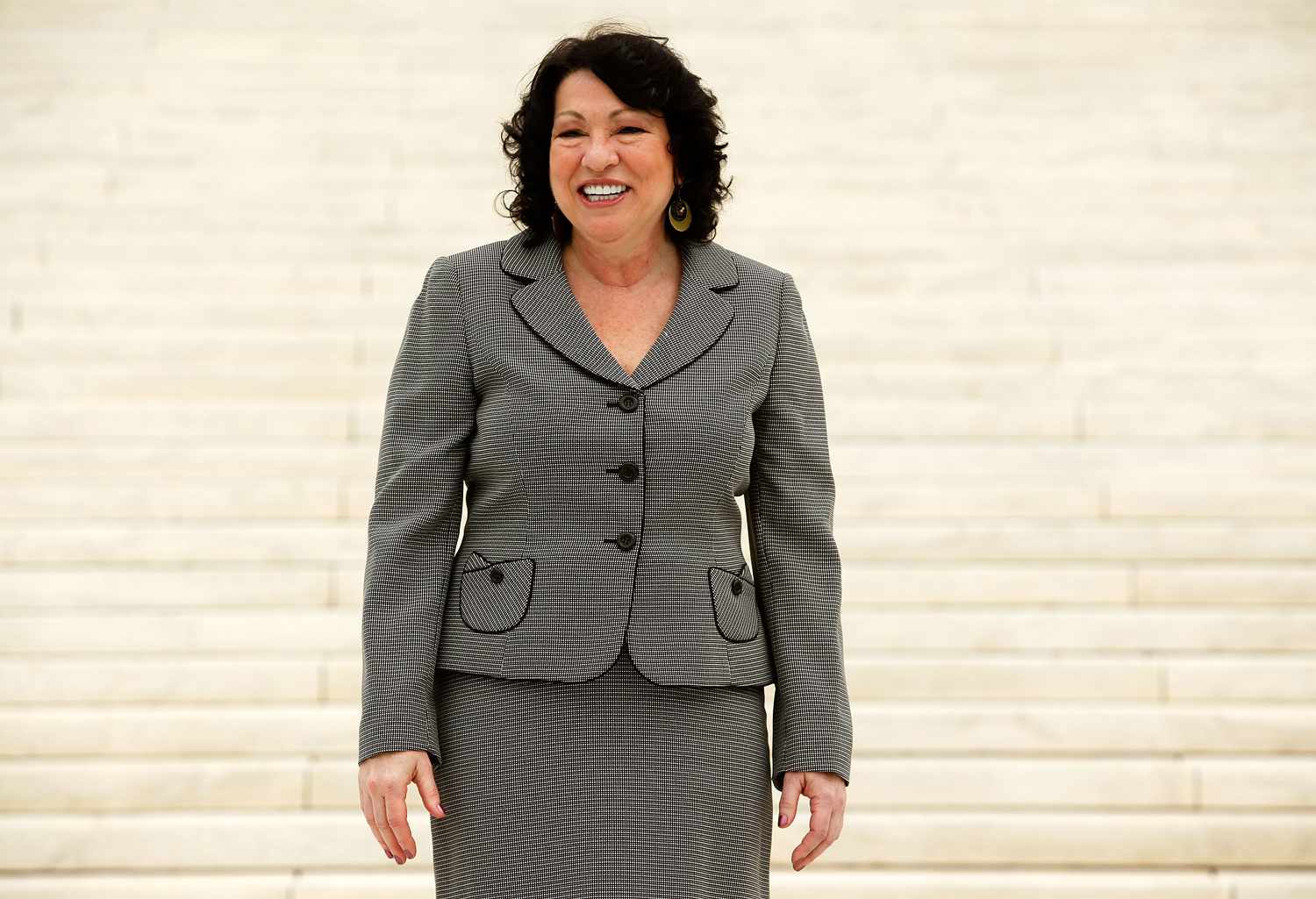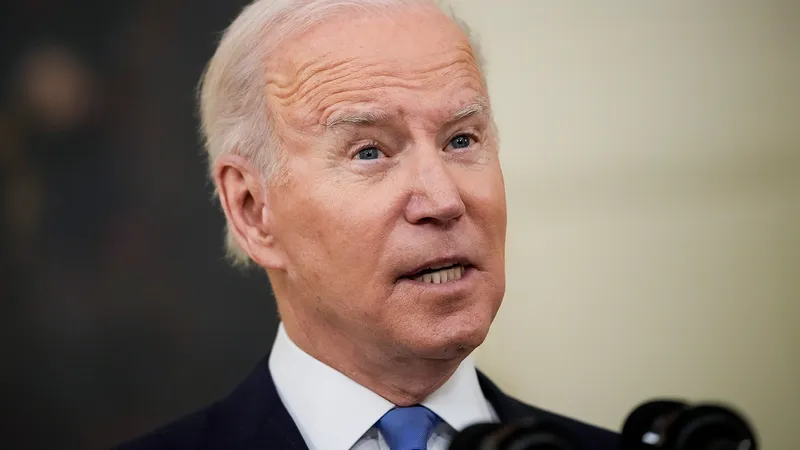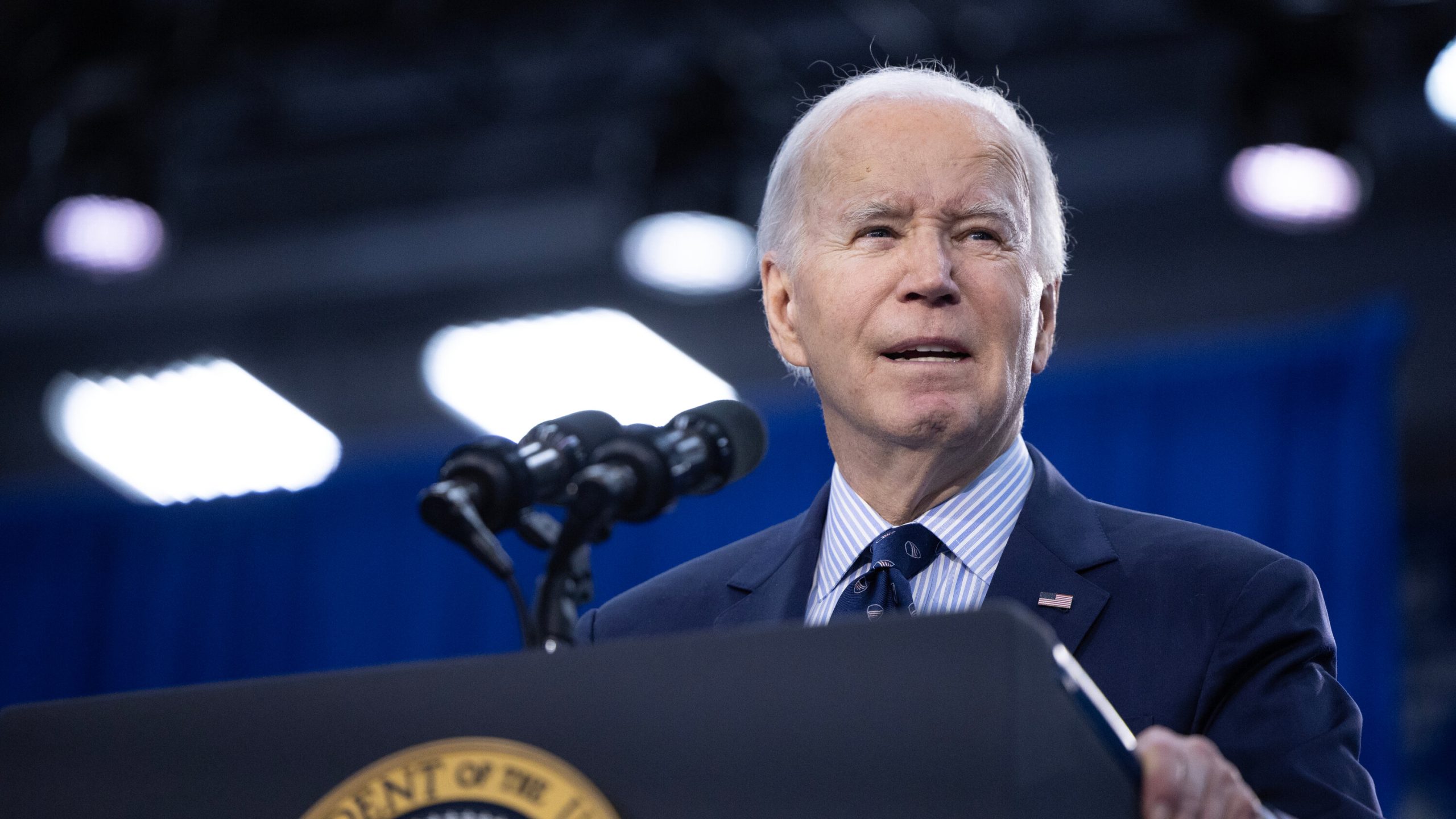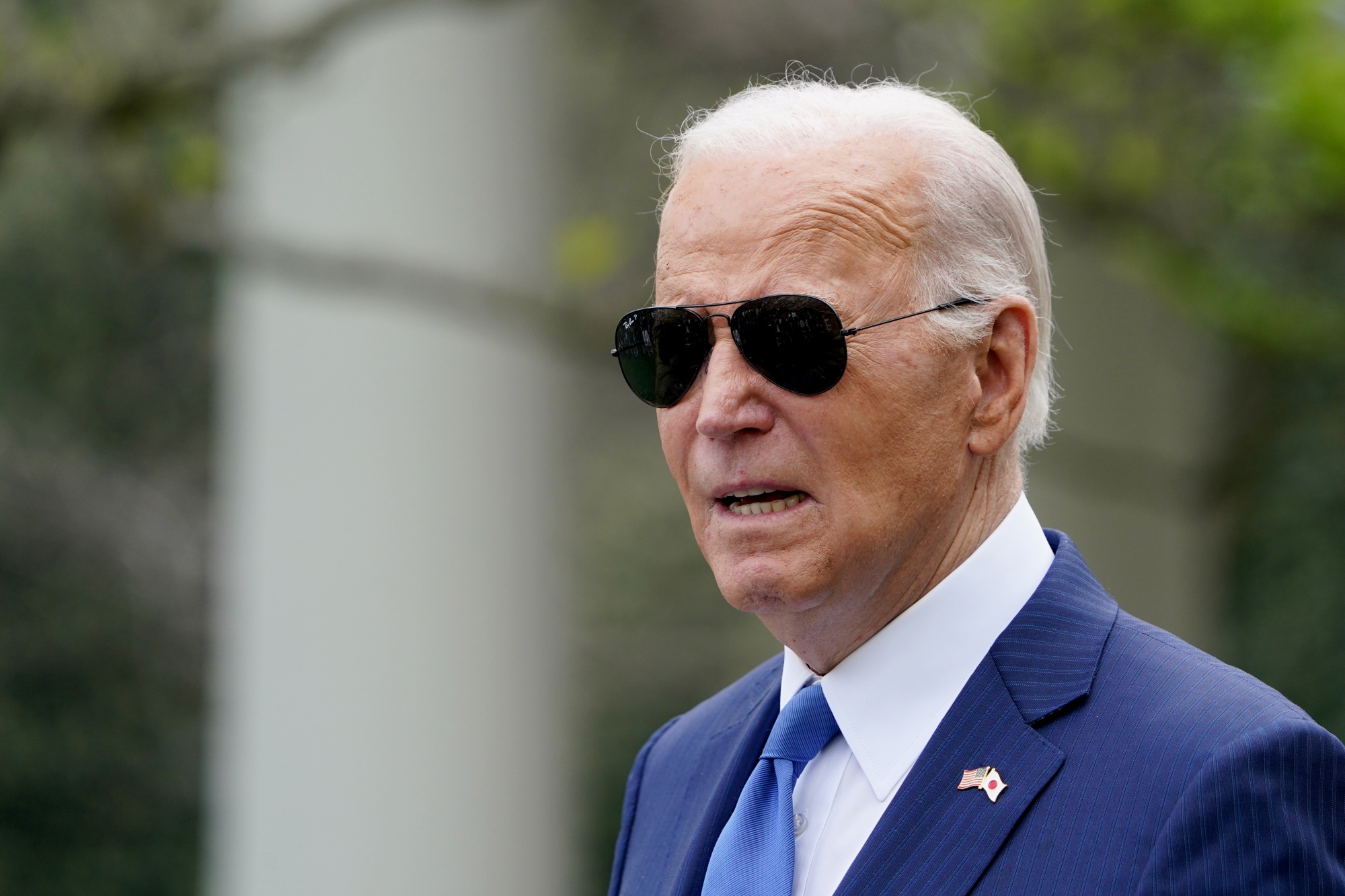The FBI has initiated a federal criminal inquiry into the tragic collapse of a Baltimore bridge last month, triggered by a vessel striking one of its supports, as revealed by the bureau on Monday.
Representatives from the FBI reportedly boarded the cargo ship Dali to conduct lawful law enforcement actions related to the incident, as disclosed by a spokesperson to Reuters.
The investigation is currently underway with limited public information available, and the FBI has stated that there will be no further comments on the matter.
The fatal incident occurred in the early hours of March 26, when a large container ship lost power and collided with a support pylon, resulting in the collapse of the Francis Scott Key Bridge into the Patapsco River, claiming the lives of six individuals who were working on the bridge at the time.
A significant aspect of the investigation will examine whether the crew of the cargo vessel Dali departed from the port despite being aware of serious issues with the ship’s systems, as reported.
Safety investigators have successfully retrieved the ship’s “black box” recorder, which contains crucial data such as position, speed, radar, audio recordings from the bridge, radio communications, and alarm signals.

In related developments, the head of the U.S. National Transportation Safety Board informed Congress that key personnel from the cargo ship have been interviewed as part of the investigation.
Efforts to clear the wreckage and restore traffic through the port’s shipping channel are ongoing, with the replacement of the bridge anticipated to be a lengthy process spanning several years.
Although the exact timeline for bridge replacement remains uncertain, temporary measures such as the opening of two temporary channels have been implemented to facilitate navigation for some shallow-draft vessels around the impacted container vessel.
The U.S. Army Corps of Engineers has also announced plans to open a new channel to the Port of Baltimore by the end of April.

At the time of the incident, the cargo ship Dali was departing Baltimore bound for Colombo, Sri Lanka, with a crew complement of 21 individuals, along with two pilots to assist in steering out of the port.
The same vessel was previously involved in an incident in the port of Antwerp, Belgium, in 2016, where it collided with a quay while attempting to depart from a North Sea container terminal.
Public data from the Equasis website indicates that an inspection conducted in June 2023 in San Antonio, Chile, identified propulsion and auxiliary machinery deficiencies onboard the vessel.
Despite these findings, the vessel reportedly passed foreign port inspections in June and September of the previous year, as confirmed by Singapore’s Maritime and Port Authority.




